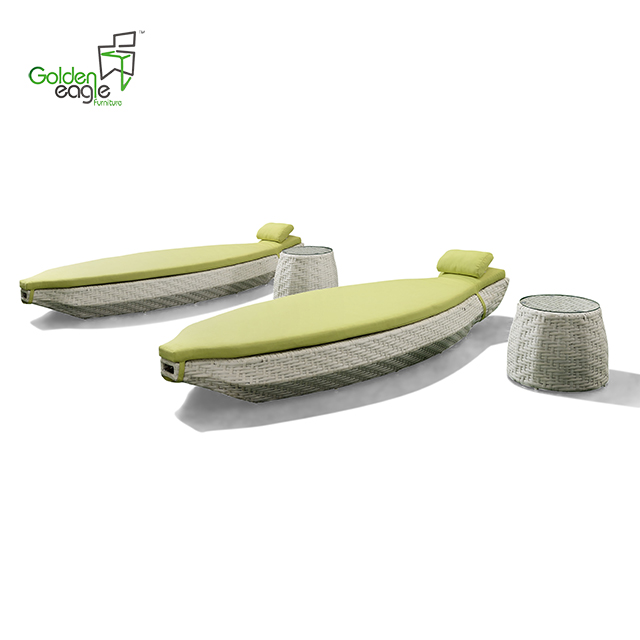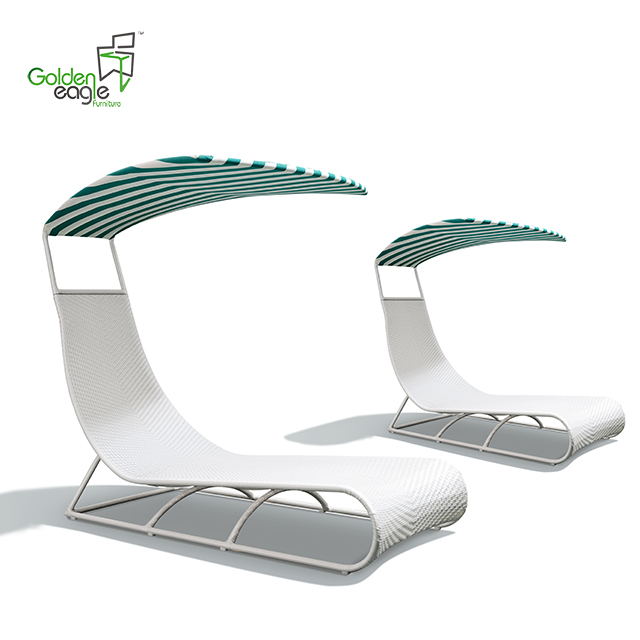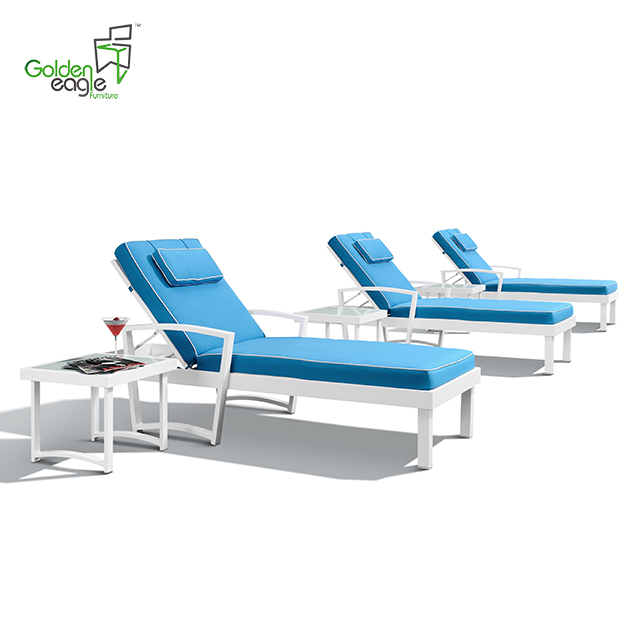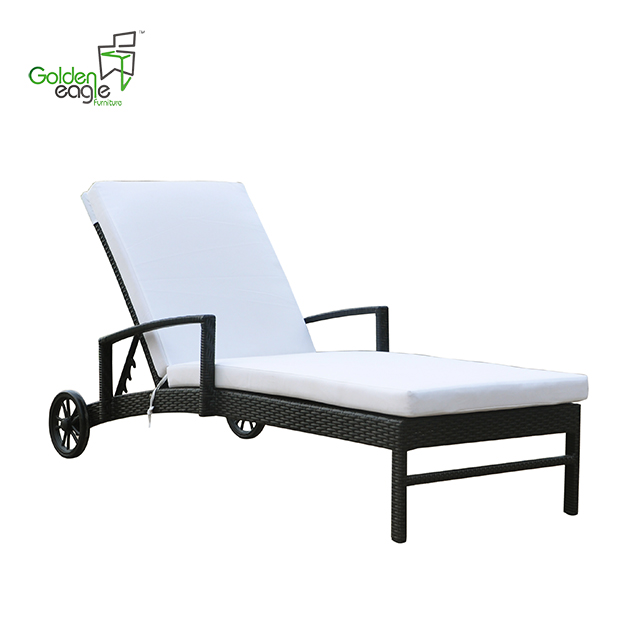Definition of recycled paper Recycled paper is waste paper as raw material, which is broken, color-removed and then processed through high-tech methods and processed through various complicated processes. 80% of its raw materials are derived from recycled waste paper, and are therefore regarded as low-energy and light-polluting environmentally-friendly paper. Urban waste papers are various. After the manufacturers recycle them, they are divided into more than 60 categories. Different types of waste paper are used as raw materials to make different recycled photocopy papers and recycled wrapping papers. Generally can be divided into two categories: one is low-grade paper such as hanging-panel paper and toilet paper; the other is paper for magazines, copy paper, printing paper, postcards, and exercise books. At present, many countries have produced and used these two types of paper. Among them, the raw materials for the production of recycled copy paper are office waste papers, offset books, binding papers, and other types of urban waste paper that have relatively good original paper quality. The production process is subject to screening, dust removal, filtration, and purification. Processes, complex processes, high technology content. With the increase of people's awareness of environmental protection, recycled paper products will be more and more recognized and welcomed by people. Therefore, for paper manufacturers, the recycled paper market is promising. From the point of view of protecting the eyeballs, it is not the whiter the better the paper. According to the department's inspection, the whiter the paper is, the stronger the light reflected by the fluorescent light is, and it is harmful to human vision. According to current international general standards, the whiteness of paper should not be higher than 84 degrees, and the whiteness of recycled paper is 84 to 86 degrees. The whiteness of raw wood pulp can reach 95 degrees to 105 degrees. At present, the most popular 83-degree recycled paper in the world, because the natural recycled paper can protect two balls - the earth and the eyeball. Comparison of physical components In 1995, they standardized recycled recycled paper as 25% recycled recycled fiber. This indicator was raised to 30% in 1999. A research unit in the United States has found that the paper strength decreases as the circulating fibers in the paper increase, but as the recycled fiber content exceeds 40, the paper strength increases. The concept of the average person thinks that the recycling process will cause damage to the fiber structure, and the loss of aqueous hemicellulose and the original strength agent will weaken the overall paper strength. Some people later refuted this statement and found that even if the paper undergoes six cycles, the change in fiber length is only very slight. This shows that there are other factors that cause this phenomenon. Stone and Scallan's research report clearly stated that during the drying process, the surface area of ​​the pulp shrinks, reducing the partial binding capacity, which often occurs on chemical pulp. Conversely, during the cycle, the lignin in the mechanical pulp is gelatinized, the binding capacity and elasticity are enhanced, and the overall paper strength is increased. Nowadays, many recycle paper manufacturers are constantly improving their production processes in order to bring the characteristics of recycled paper log fibers as close as possible. For example, additives are added to the chemical pulp or chemical treatment steps increase paper strength. However, since the ink and the contaminants in the paper are not completely removed, the brightness decreases as the amount of recycled fibers increases. In view of this, manufacturers will add some filler pigments or use different bleaching steps to increase brightness. The characteristics of recycled fiber are not always good, it can increase the opacity of paper, reduce the reflection and improve the quality of printed products. From the physical properties of paper, surface strength, water resistance, and smoothness are all important factors. In addition, optical properties, opacity, brightness, and the color of the paper itself are items to pay attention to. Note that the recycled fiber in the paper will change the brightness of the paper, and then reduce the color gamut that can be expressed, but it will not affect the clarity of the print. The use of recycled paper has become more and more common, and various manufacturers have continued to conduct research on color gamut, print quality, and quality in order to achieve better paper characteristics. price comparison According to the survey, a two-line stationery costs 2 yuan, recycled paper costs 1.50 yuan, and prices for other books are all one to 40 percent lower. Cheap prices are a feature of recycled paper. Due to the high technological content, the cost of recycled paper is higher than the cost of raw wood pulp paper. Actually, the price of each box is 35 yuan lower than that of the original wood pulp paper. The main purpose is to let everyone know and accept this new thing as soon as possible. Recycling paper sales companies try to keep their profits low, and even risk losing money to sell cheaply. I think this embarrassment will be resolved soon. After all, the survival of a company is fundamentally beneficial. If it is always sold at a low price in order to change people's understanding of recycled paper, it can only lead to the closure of the company. Consumables comparison One ton of waste paper can produce 850 kilograms of good quality recycled paper, save 3 cubic meters of wood, save 100 cubic meters of water, save 300 kilograms of chemical raw materials, save 12,000 tons of coal, save 600 degrees of electricity, and produce at the Seventh Factory of Beijing Papermaking. Calculation of 20,000 tons of office recycled paper can save 66,000 cubic meters of wood a year, equivalent to protecting 520,000 large trees or increasing 5,200 acres of forest. The waste paper resources in the country are very rich. The relevant data shows that China’s paper consumption is about 35 million tons per year, which is calculated as 1/3 of the waste, and more than 10 million tons of waste paper can be recycled annually. According to relevant data, this city is one of the cities with the largest demand for paper in the country. The annual demand for office paper and printing paper is at least 3.5 million tons. Today, the whole society is calling for environmental protection. If all of these papers use recycled paper, it will save 10.5 million cubic meters of wood, and a large forest! Comparison of environmental impact The environmental pollution caused by air, water, and the like during the pulping process of recycled paper is greatly reduced compared with that of ordinary paper. The papermaking industry has a large amount of waste water and is widely distributed. It is one of the most polluting industries in China. The production of one ton of pulp requires 100 tons (wood pulp) to 400 tons (grass pulp) of water, most of which is discharged. China's papermaking industry emits more than 30% of its total aerobic organic compounds. The black liquor produced by papermaking is the most polluted, with 10 tons of black liquor discharged per ton of pulp produced. Wastewater from papermaking contains large amounts of carbohydrates, proteins, oils, and lignin. These substances are easily decomposed under the action of microorganisms. During the decomposition process, a large amount of oxygen is consumed, which reduces the oxygen content in the water and affects the growth of fish and other aquatic organisms. After the dissolved oxygen is exhausted in the water, the water is in an anaerobic state. Under the action of anaerobic bacteria, organic substances produce unpleasant toxic gases such as hydrogen sulfide, ammonia, and mercaptan, which further deteriorates water quality. Recycled paper can reduce waste water discharge by 50% during the manufacturing process. In particular, several steps in the early stage of papermaking can be saved, and the black liquor with the most serious pollution will not be produced and will be greatly reduced.
Single Beach Chair
with excellent UV resistant PE rattan weaving and alu frame, waterproof polyester or olefin fabric, single beach chair is best choice for your hotel or swimming pool. With a umbrella and a coffee or tea, you can relax in the sandbeach. engoy the sunshine with your friend and family.
Handwoven premium resin wicker UV resistant
Rust-resistant powder-coated frames
Cushions included with 30 density sofa foam
Versatile tempered glass tables
Cushions also available with 100% waterproof fabric.
Single beach chair with different style and hand weaving
If you have any questions, please contact with us directly. Outdoor Sofa Furniture are produced
by Golden Eagle Outdoor Furniture With High Quality and Good Appearance. Welcome you can visit our Factory.For any inquiry,Please send mail directly to us.
Misunderstanding of recycled paper
Comparison of recycled paper and plain paper 



Single Beach Chair,Outdoor Lounge Furniture,Leach Chair Furniture,Outside Patio Furniture
Golden Eagle Outdoor Furniture Co., LTD. , https://www.gesunumbrella.com